Welcome to our comprehensive guide on how to dress the kilt!
Whether you're preparing for a special occasion, a wedding, or simply want to embrace your heritage, mastering the art of wearing a kilt can elevate your style and confidence. In this blog, we’ll explore the essential components of traditional kilt attire, tips for selecting the right accessories, and insights into the history and significance of this iconic garment. Join us as we help you step out in style and honour the rich cultural legacy of the kilt! Please also email us if you would like to learn more and our experts will assist further.
The most important element of the kilt outfit is of course the kilt! Modern kilts are made to measure using the traditional 8 yards of tartan as the original Feileadh Mòr (or Great Kilt). These historic garments are pleated at the back and fastened tightly at the natural waist with buckles and leather straps. A kilt should traditionally finish at the middle of the knee, and can be pleated to the sett or the stripe.
'Pleating to the Sett' means that the tartan pattern is aligned across the back pleats of a kilt, creating a continuous design that looks similar to the front apron of the kilt.
'Pleated to the Stripe' means that the back pleats show a single vertical stripe from the tartan pattern that runs down the center of each pleat, resulting in a more distinct stripe appearance on the back of the kilt. This will be different for each kilt, with most tartans having several different options.
Kilt jackets and waistcoats vary in style and cloth depending on the occasion. The most formal and traditional is the Prince Charlie which is usually made in black barathea with chrome buttons. Modern kilt outfits can be worn with tweed kilt jackets finished with stag antler buttons and are more suitable for daytime events.
Fly plaids are worn in modern Highlandwear outfits to reflect the traditional Great Kilts where 8 yards of cloth was pleated around the waist and then thrown over the shoulder. The modern plaid is a less bulky option and can be removed from the outfit for less formal events. The modern Fly Plaid should be made in the same tartan as the kilt and so it is a good idea to have this made at the same time as your kilt to ensure consistency. The plaid is traditionally worn with a formal kilt jacket for special occasions. It should be worn through the left epaulette on the jacket and secured with a plaid brooch.
Kilt hose are an essential accessory to be worn with the kilt outfit. These long socks are worn high on the leg, traditionally made to keep the shins warm. Kilt hose can be in the traditional ecru (cream) for formalwear, or in a colour to match your tartan.
Flashes were historically pieces of tartan ribbon tied around the kilt hose to keep them from falling down. These are now made in tartan to match your kilt and act as garters to keep your socks in position. The elastic should be hidden by the folded section of the sock.
Kilt pins are traditionally worn to weigh down the kilt apron in windy weather. They should be worn on the right hand side of the kilt through the front apron only to avoid damaging the kilt. Typically worn 4" from the bottom of the kilt and 2" in from the fringing.
The Sgian Dubh (pronounced ‘ski-en doo’), is a small single-edged knife translated from Gaelic meaning black dagger. The Sgian Dubh is now worn as part of traditional Scottish dress tucked into the top of the kilt hose on the corresponding side to your dominant hand. It should be positioned so that only the hilt is visible.
The sporran is a vital part of the kilt outfit. This accessory serves as a bag due to a kilt having no pockets. Sporrans can be a formal dress style with chrome cantle and fur bag, or more casual full leather for daytime. The sporran should be worn approximately a hands width from the top of the kilt, with the waistcoat buttons and sporran forming a straight line down your outfit.
Belt buckles are traditionally worn with a kilt belt, but should only be worn without a waistcoat.
The perfect finishing touch to any kilt outfit is a tartan bow tie or tie. Bow ties should be worn more formally with a wing collar shirt and Prince Charlie jacket, while a neck tie should be worn to day events or more casually with an Argyle or Crail jacket and turndown collar shirt.




Finding Your Tartan
When having a kilt made to measure, the most important decision is which tartan to choose! We have thousands of options available from traditional clan variations, to modern tartan designs. Please browse our tartan fabric store, or email us at info@stewartchristie.com if you would like help finding the perfect tartan or if you need more advice on which clan colours you should wear.

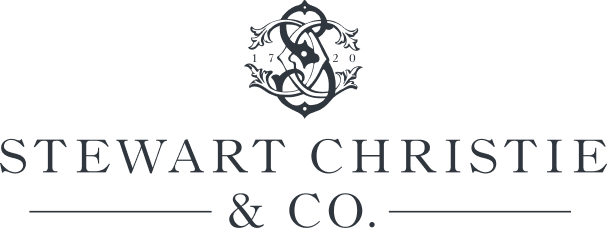

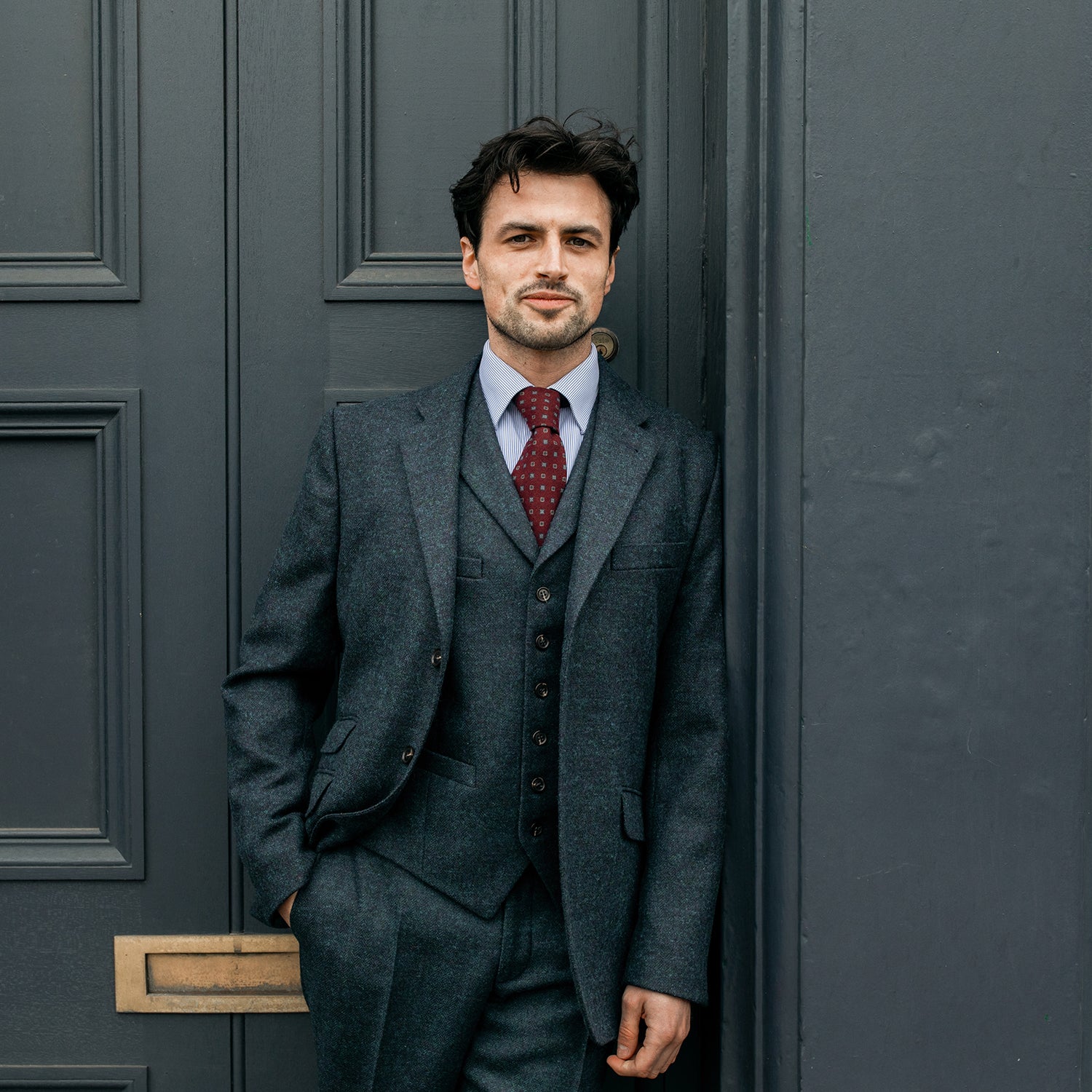
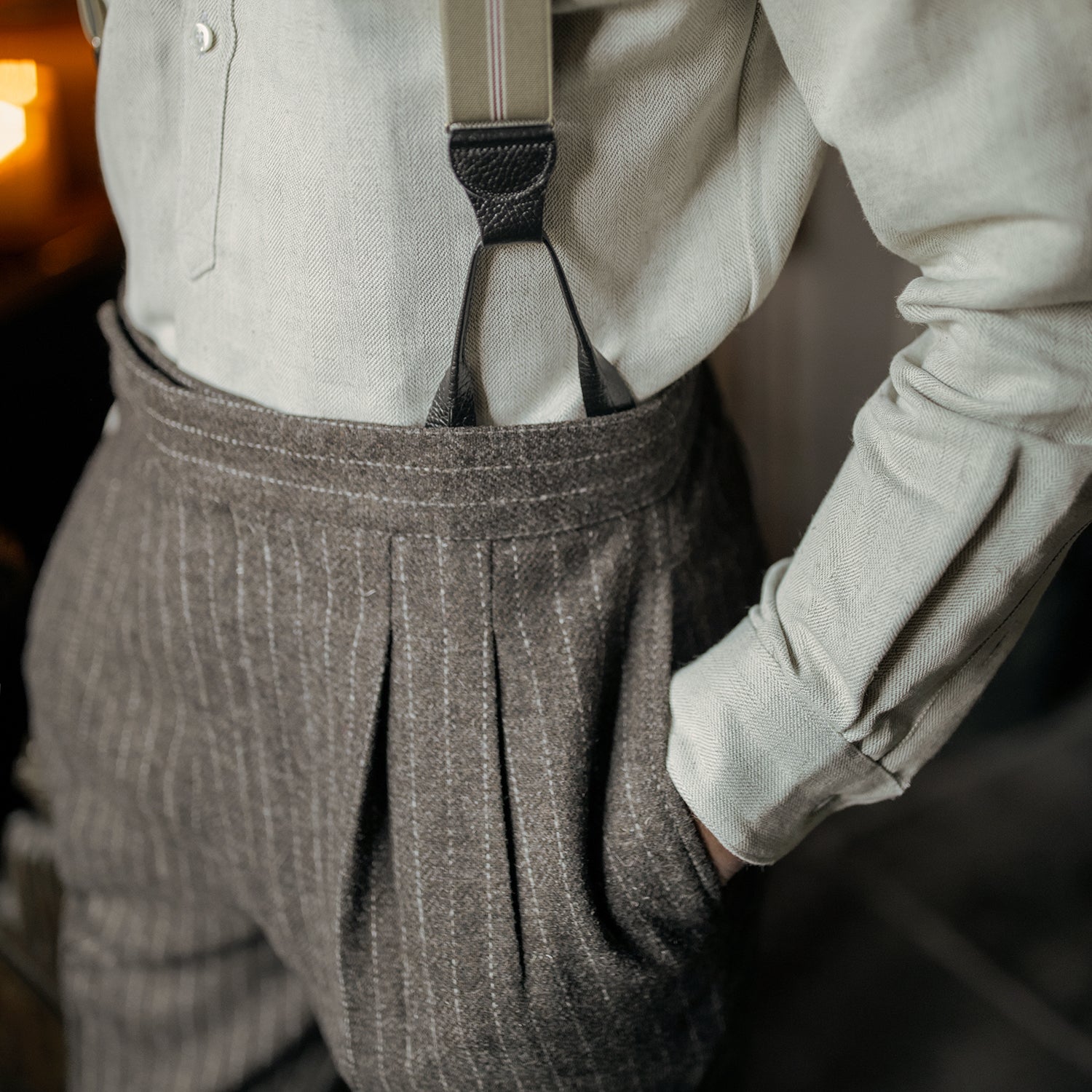
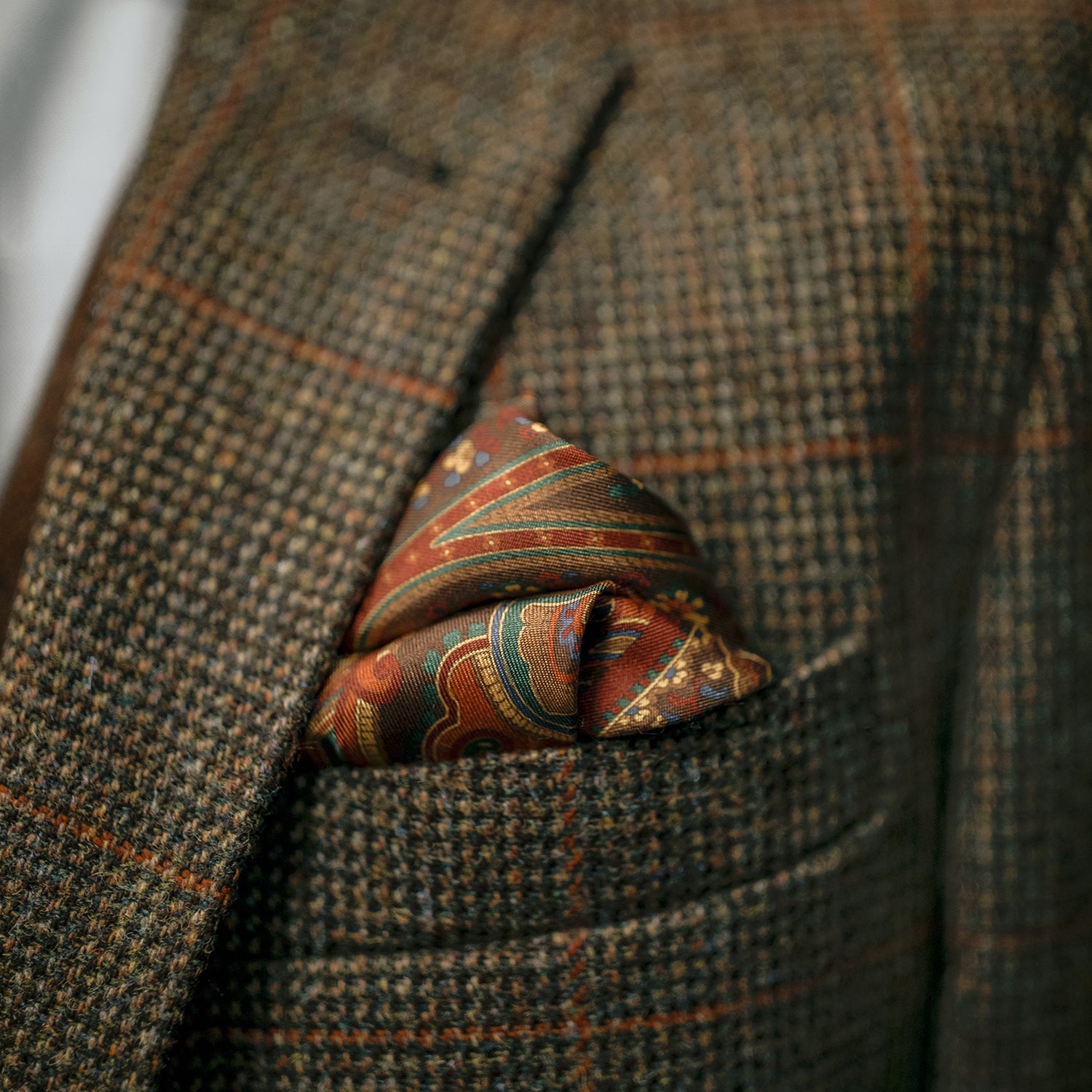
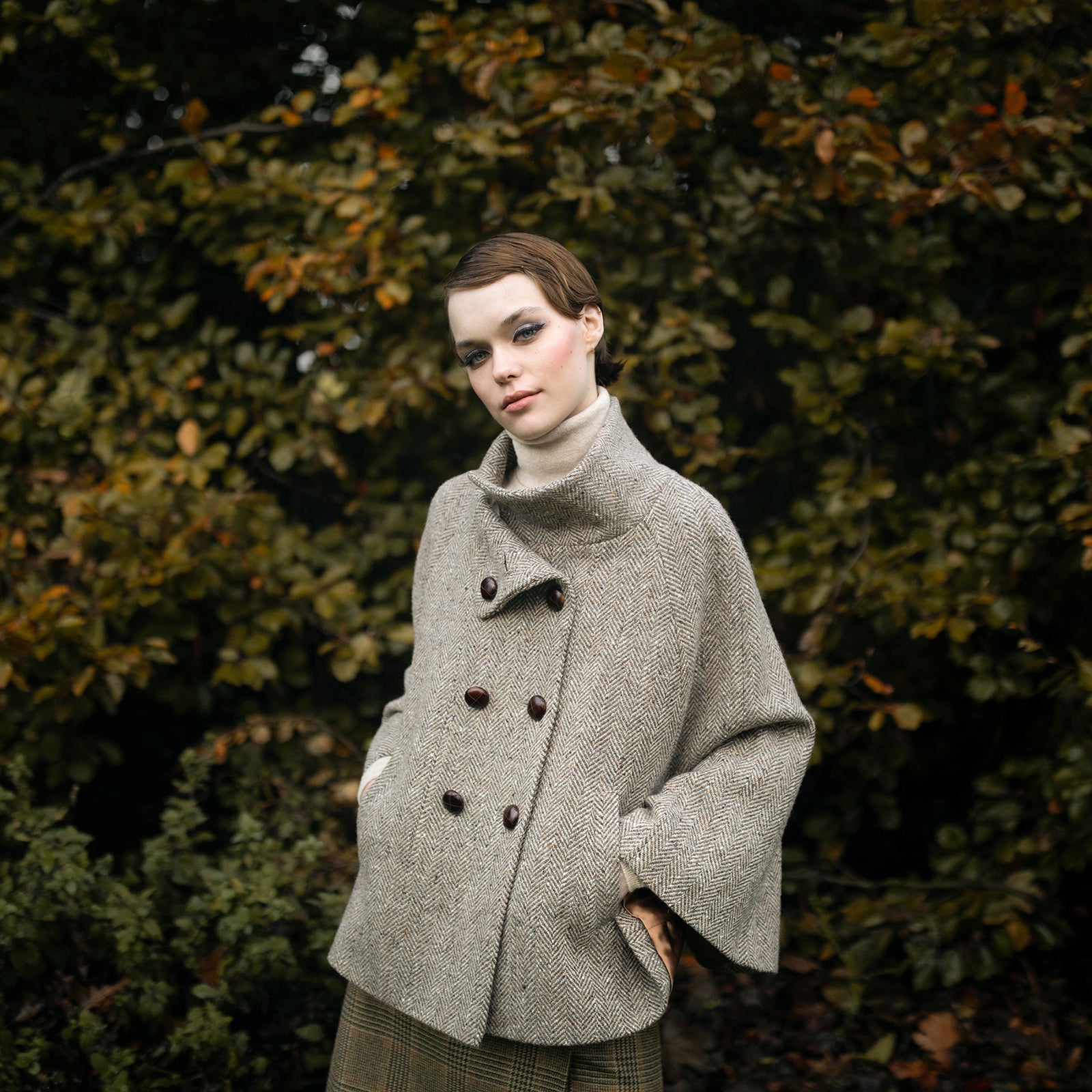
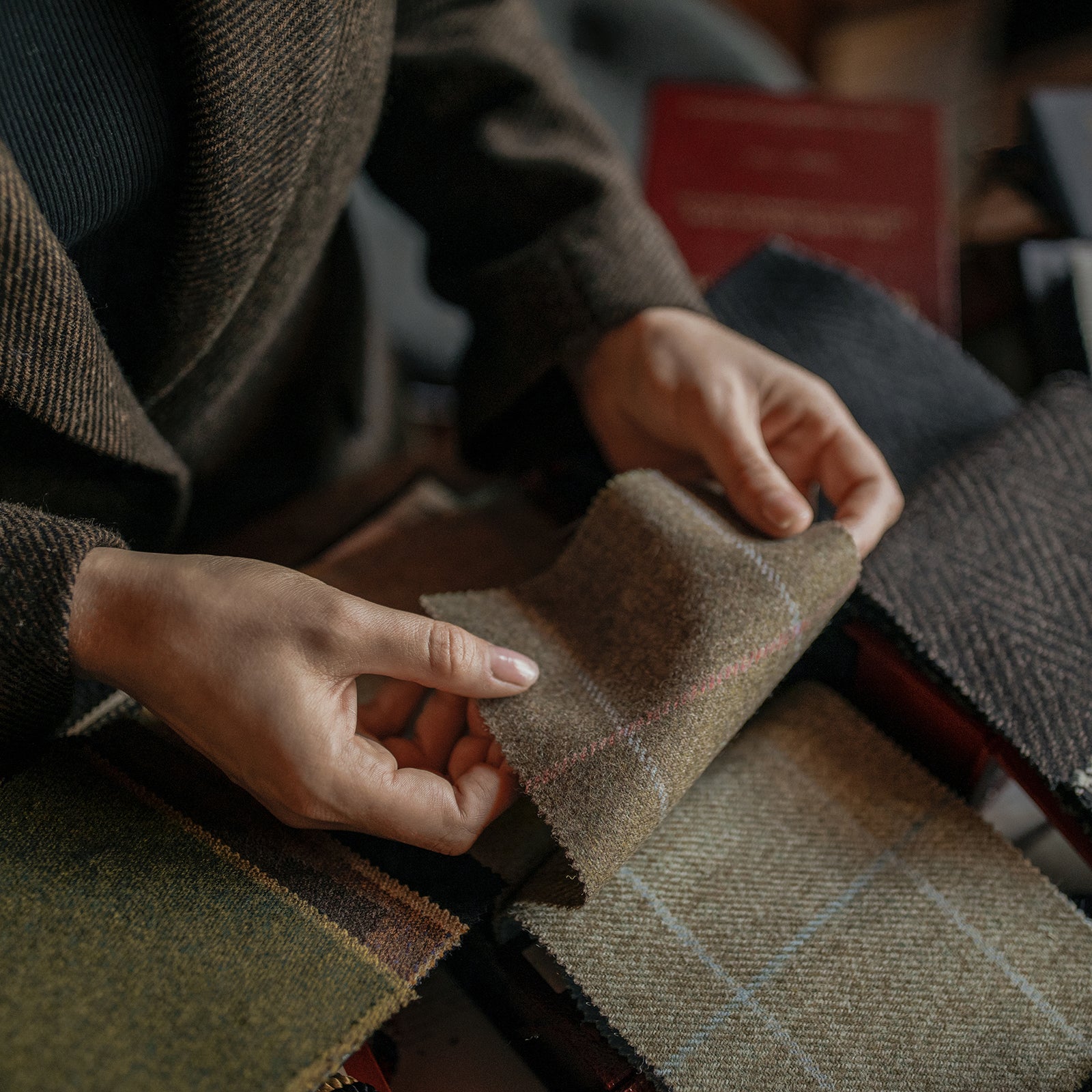
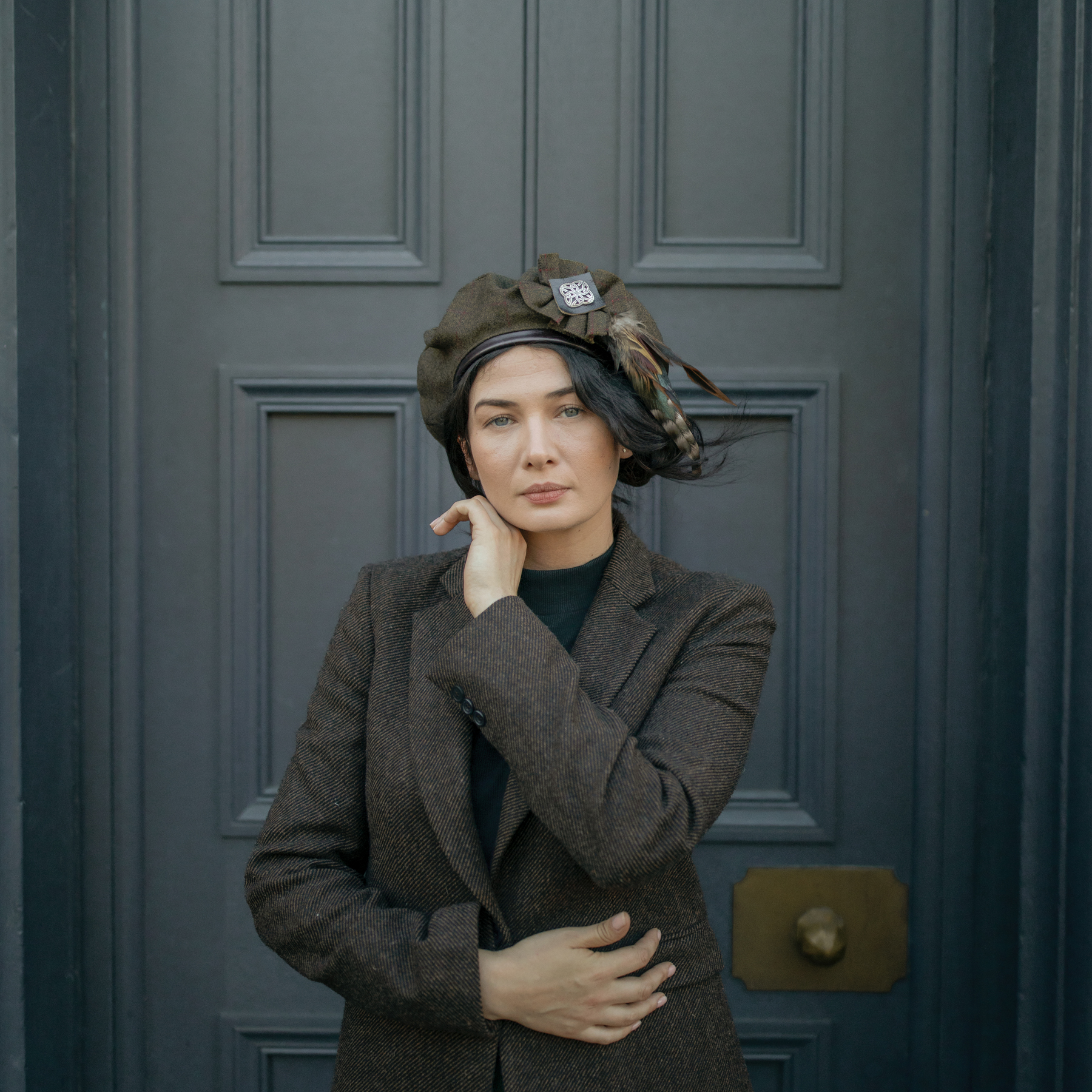
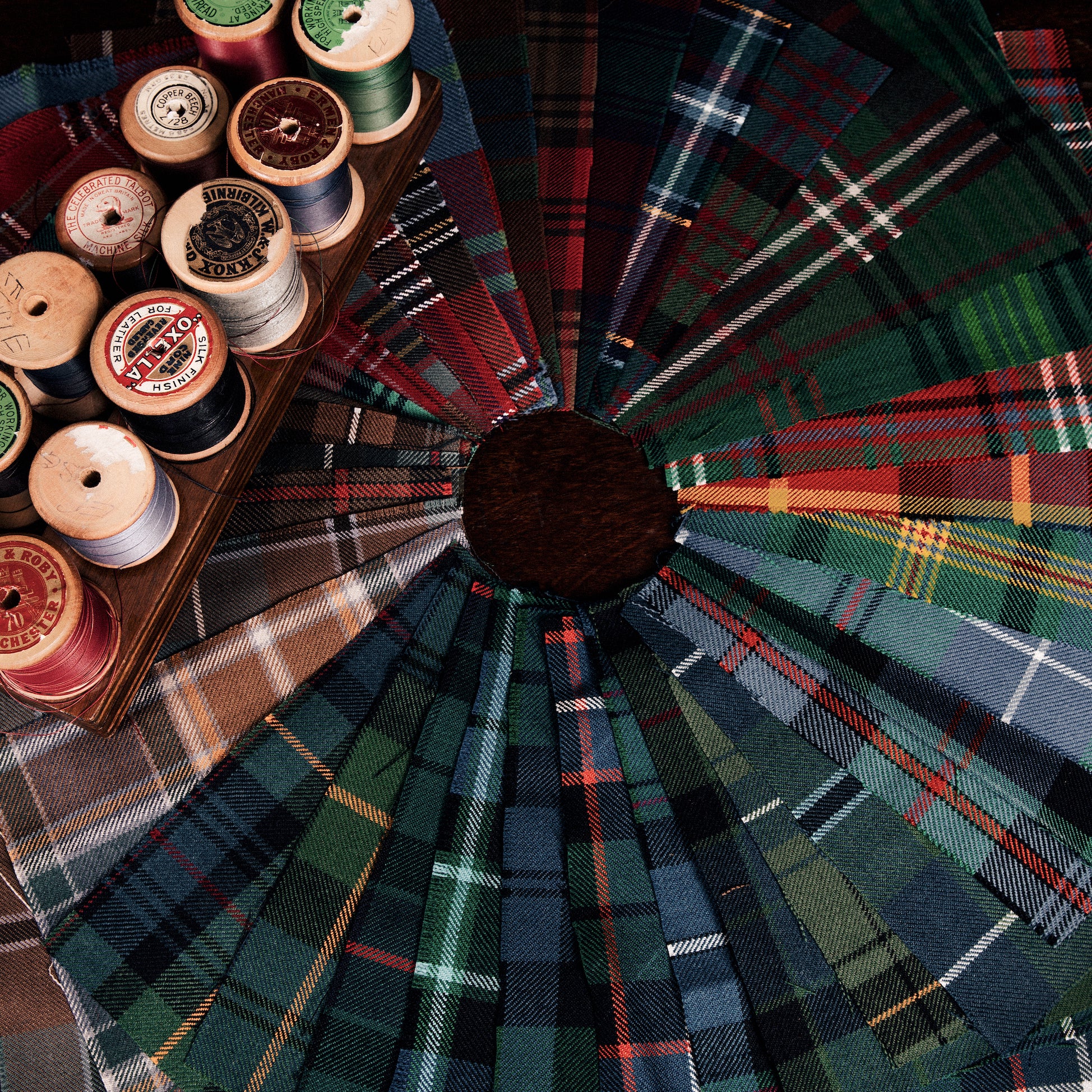
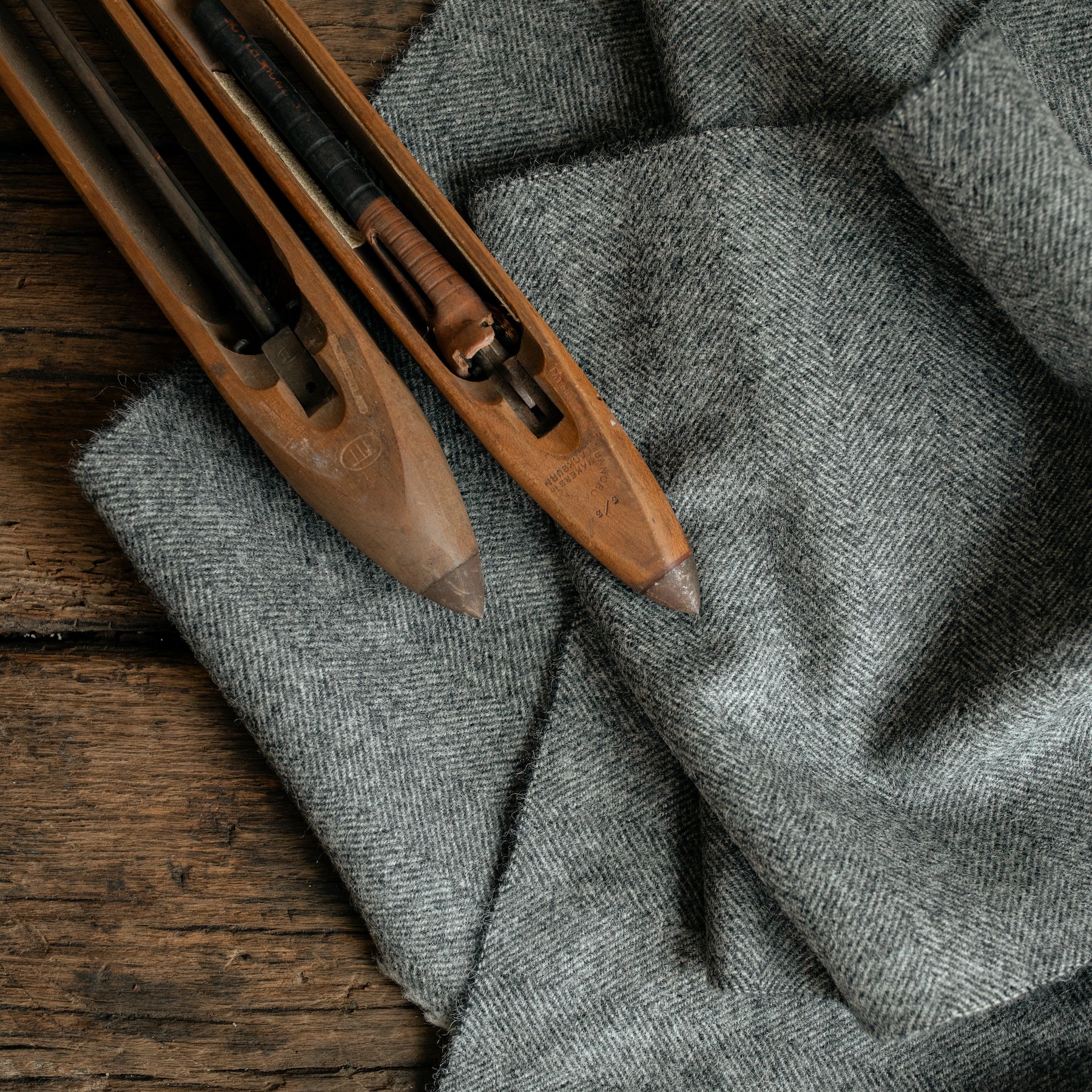
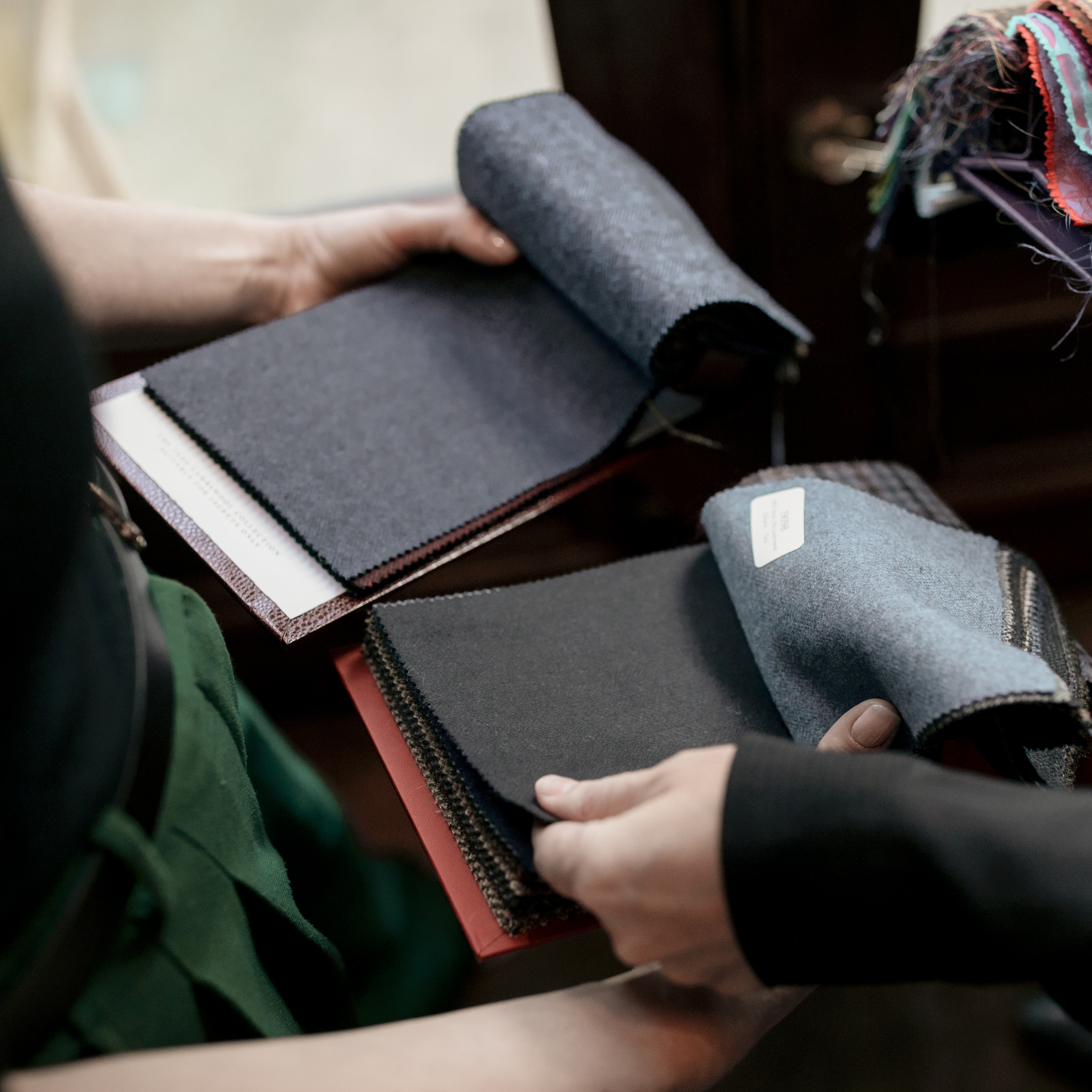
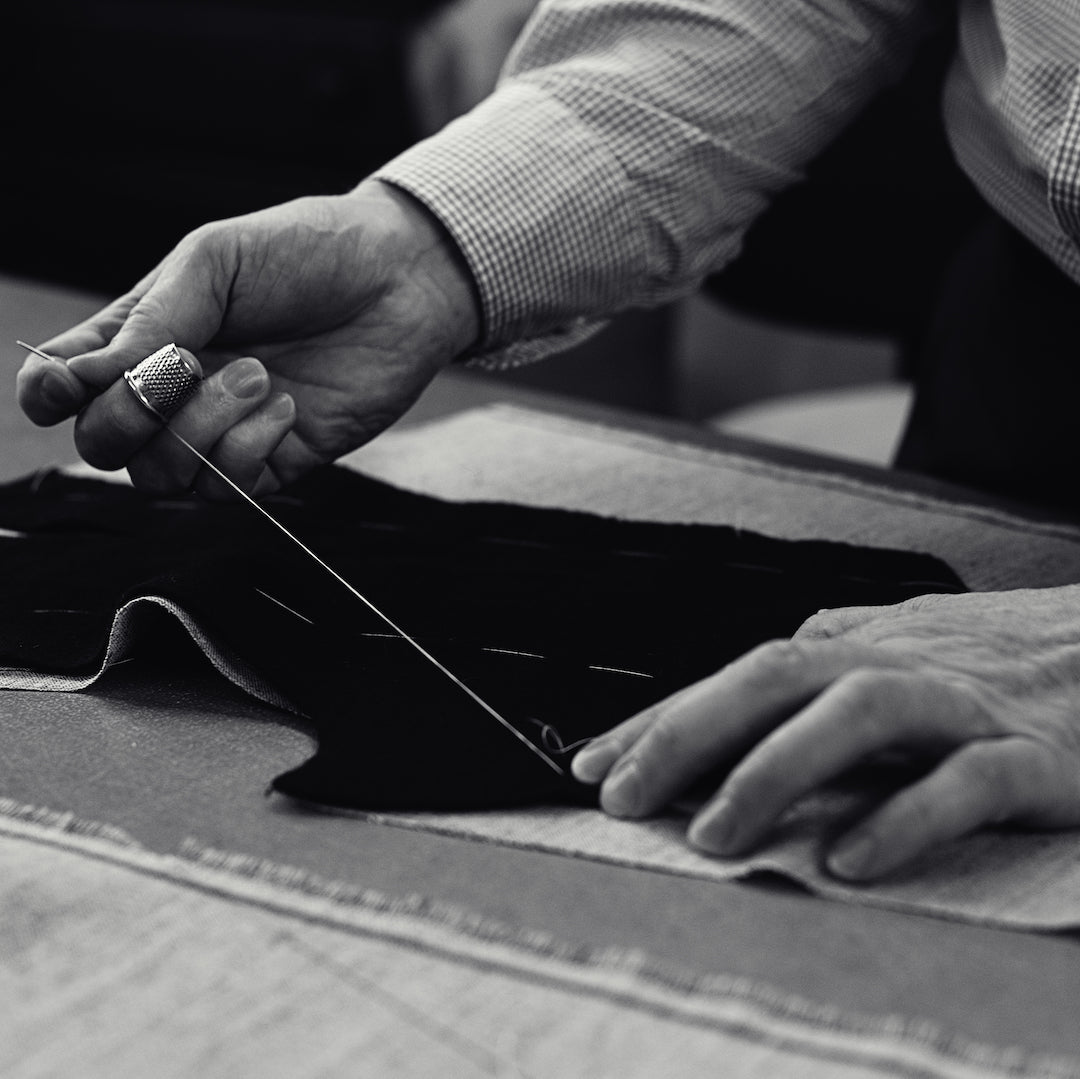
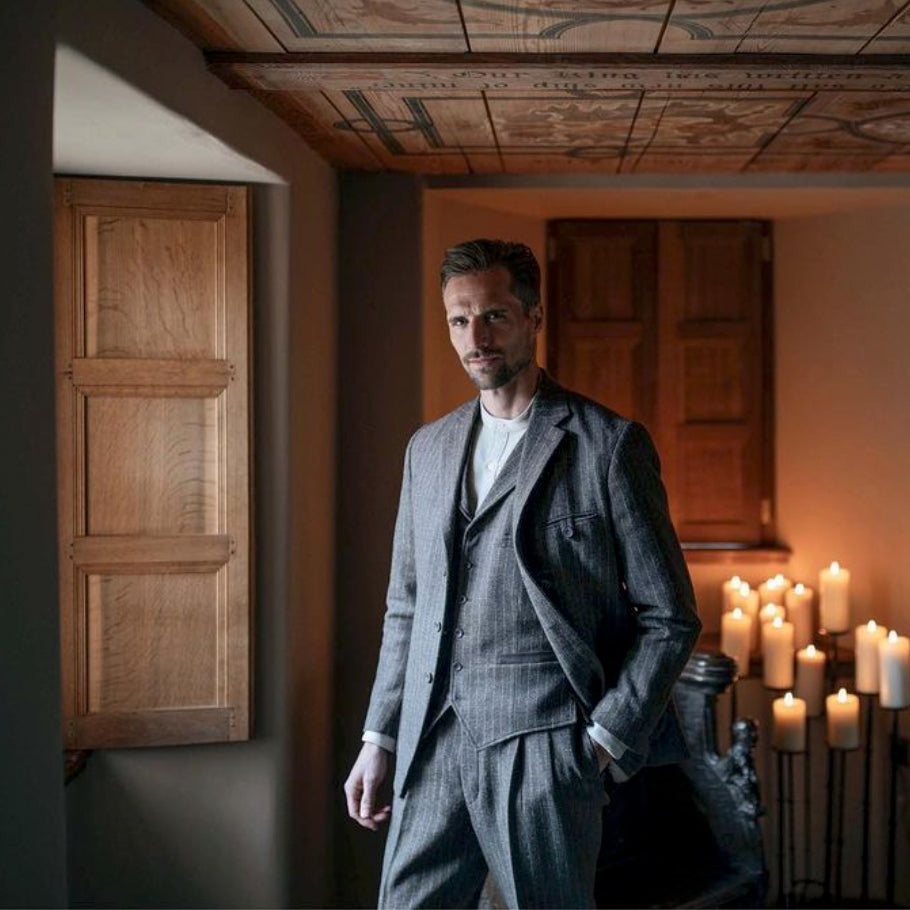
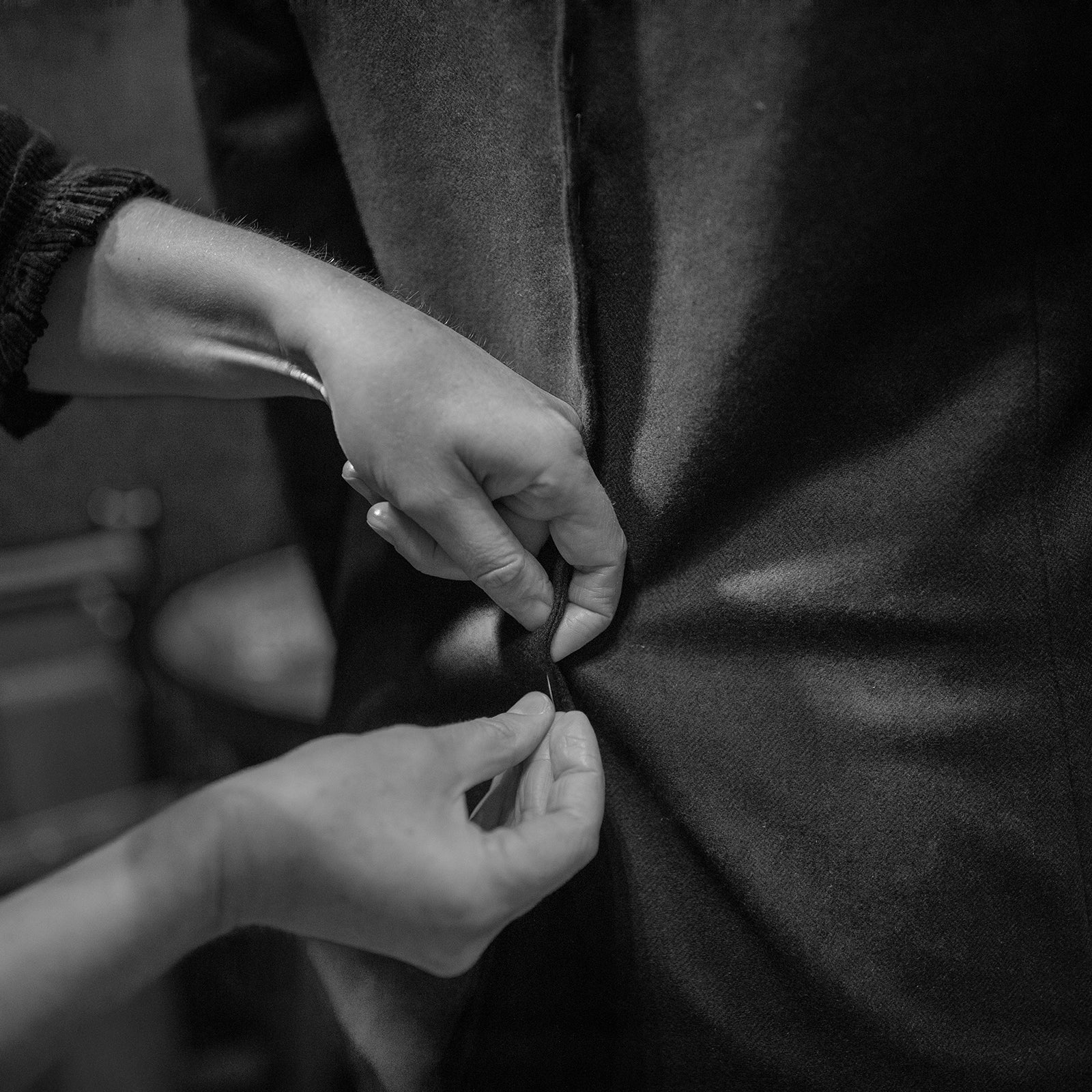

















Laissez un commentaire